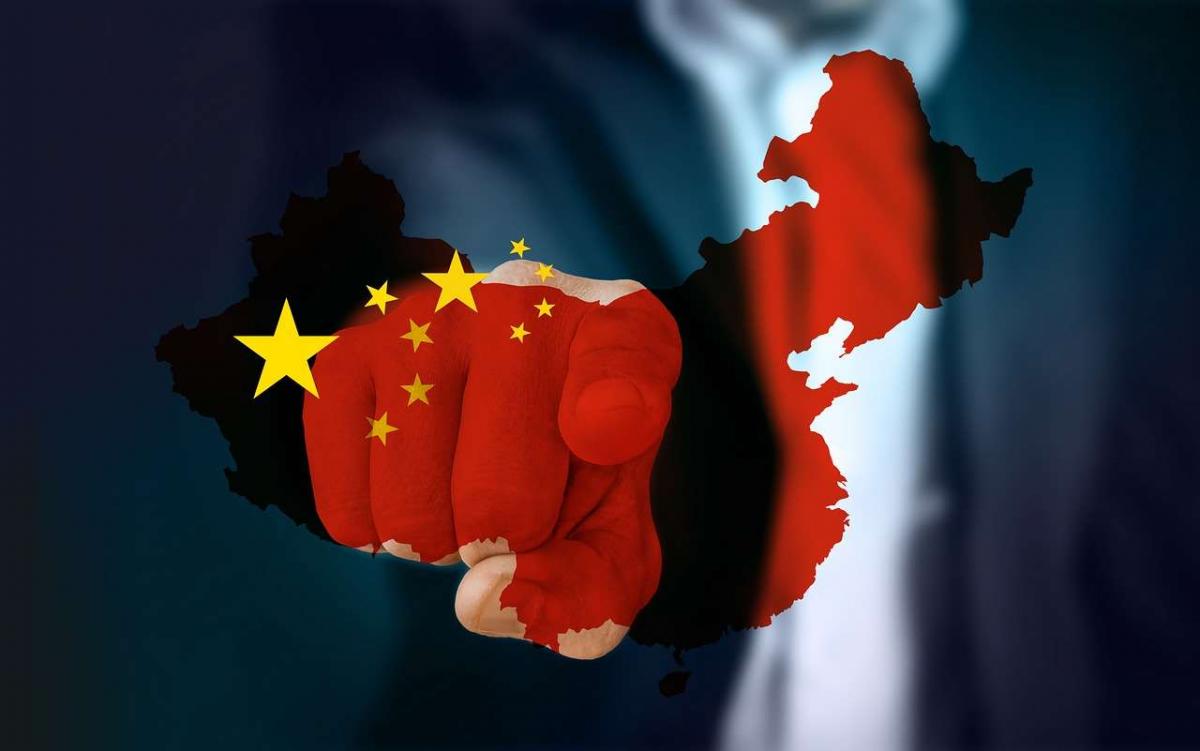A new study by Casey Quirk looks at asset management in China. It makes a bold claim: that by 2030, asset management strategies broadly defined will account for 10% of total Chinese wealth. That will be a more than doubling of the corresponding number at present: 4%.
If China gets to 10% by 2030 it will be at a place “roughly comparable to where the US stood in 1990.”
In absolute numbers, this will mean that China in 2030 will have $17 trillion in managed assets, which will make it the second largest nation-state market for such managerial services. Casey Quirk expects that the US will remain #1 in this respect, but its numbers suggest that China will overtake the current #2, the United Kingdom.
The wealth managed will belong more to individuals than to institutions.
For the purposes of this paper, the term “asset management” is defined quite broadly to include mutual fund managers, private listed-securities investment firms; private equity investment firms; insurance asset management firms; segregated account managers; and pension fund managers.
Let’s Get More Granular
Casey Quirk expects that rates of growth in China will average 15% per year through 2025, but that they will then moderate to 12% per year for 2025 to 2030. “Put another way,” the authors of the report say, “China will account for about the same amount of net new flows as all other global markets between today and 2030.”
Those authors are: Daniel Celeghin, Natalie Wong, Kenneth Tam, and Luli Xing, all of the Hong Kong office.
[Two years ago Deloitte acquired CQ, although it continues to operate as an autonomous entity under the Deloitte corporate tent.]
Five Winning Models
So: how can an asset manager successfully play China’s growth?
Casey Quirk suggests that there are five “winning” models from which one can choose: China Champion, become a dominant local brand by focusing on the demand for domestic asset classes and catering to domestic investors; Global Leader; the huge global leaders in the industry will be able to sell themselves to the Chinese investors; Pan-Asia Alternatives Specialist, a leveraging of expertise in illiquid asset classes across Great China and Asia more broadly; China Distribution Specialist, a leveraging of expertise in retail and high net worth client engagement, and finally; Bespoke Virtual Portfolio Manager, the technology-driven investment solution that will combine algorithms and personalized portfolio management.
The authors predict that these models together will win 70% of China’s huge market.
Of particular interest perhaps to those who will be pursuing the first of those five models, the paper says that “domestic asset classes … will continue to dominate Chinese investors’ allocation across all segments.”
Casey Quirk expects that the gradual opening of China’s currency controls will continue, Regardless of this, though, Chinese investors will continue to display “a strong home-country bias.”
The Third and Fifth Models
The broader pan-Asia strategy will work for many, though, for three reasons:
- China and Asia represent a large investable universe of inefficient markets;
- There is a high demand for alternatives from regional investors; and
- The supply of Asia regional alternatives is, to date, limited.
The rationale for the fifth model listed above, the bespoke virtual PM, is that lower regulatory hurdles in China allow entrepreneurs to access customers’ data footprint. This simplifies data collection and analytics, which in turn accelerates the development of the right algo-driven investment engine.
The report cites Yu’e Bao (the world’s largest money-market fund), which it says has “already made an undisputed, resounding case” for the bespoke model.
Oversupply
China’s asset managers have been developing of late in what the authors of this paper call a haphazard and a cacophonous fashion. This leaves a market of hot products, some vaguely defined, some copying or trying to outdo the others. It results in satiation and confusion.
As the market matures, Casey Quirk predicts, buyers will become more discriminating, and clear winners will emerge from the jungle.
Clarity as to business model will be one of the marks of a winner. With the above list of five models in front of them, managers should identify the model that plays best to their competitive strengths. Much might depend on the firm type. For example, a bank will most naturally plan on becoming either a China Champion or a China Distribution Specialist, in contrast to a private fund company, for which the pan-Asia play may make the most sense.
The report closes with an appendix that offers “building blocks for each winning business model.”




